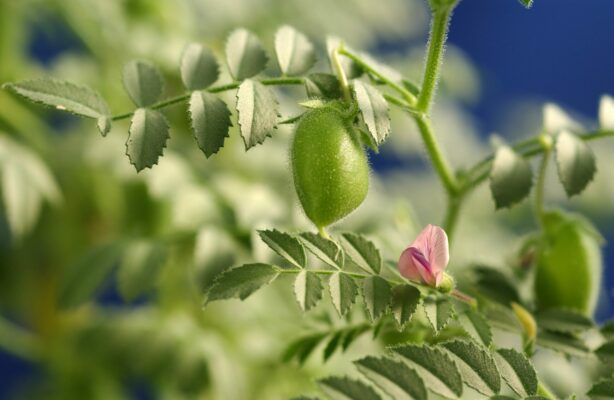
Flowering time in chickpeas’ wild relatives is influenced by one to three major genes, according to new research.

Flowering time in chickpeas’ wild relatives is influenced by one to three major genes, according to new research.
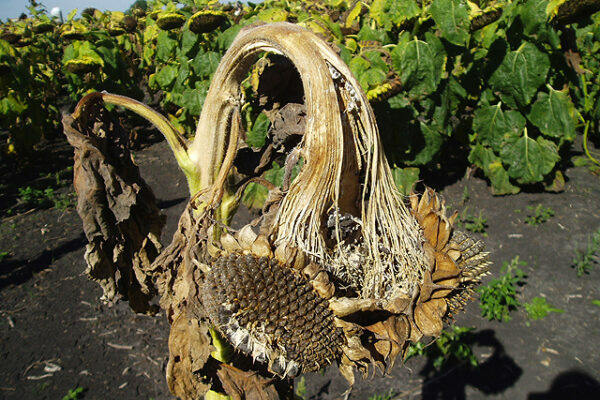
A protein that allows the fungus that causes white mold stem rot in more than 600 plant species to overcome plant defenses has been identified by a team of scientists.
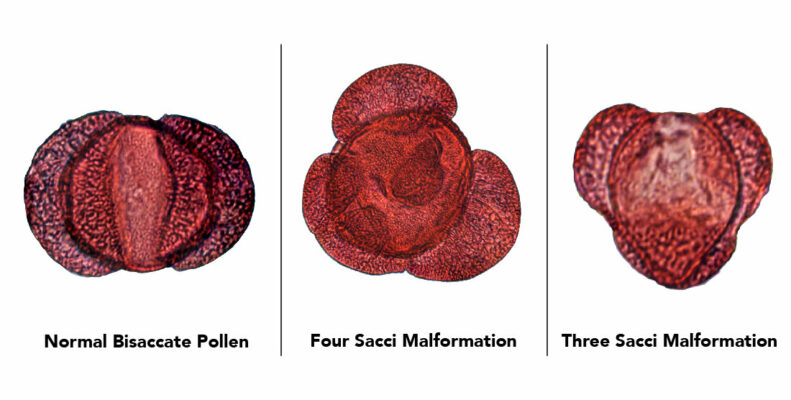
Airborne pollen may induce annoying congestion for some, but a new paper shows that these grains may provide a new way of looking at the climate over 300 million years into the fossil record.
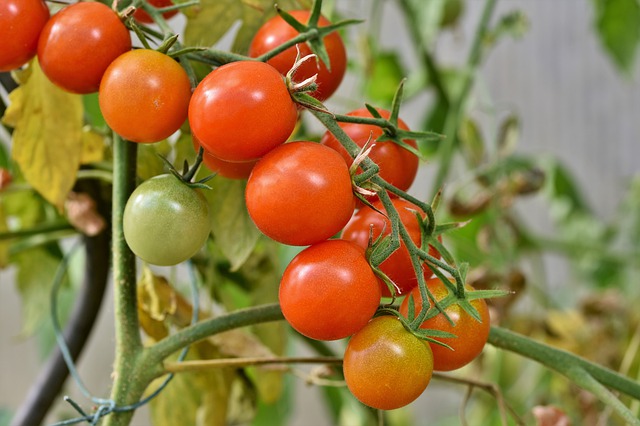
A new study describes a breakthrough in the quest to improve photosynthesis in certain crops, a step toward adapting plants to rapid climate changes and increasing yields to feed a projected 9 billion people by 2050.
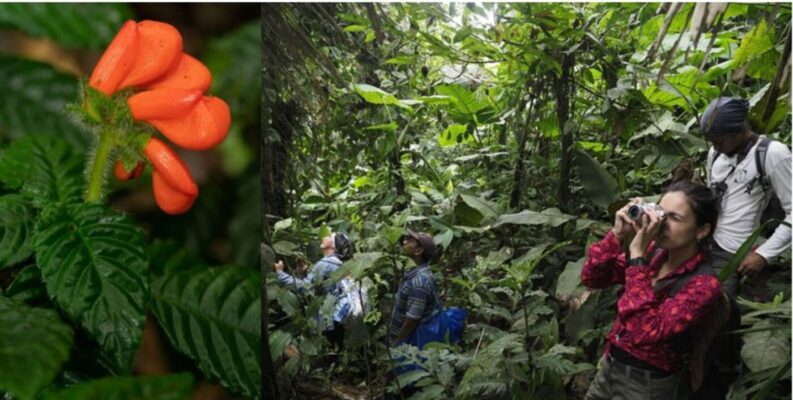
For a tropical wildflower first described by scientists in 2000, the scientific name “extinctus” was a warning. The orange wildflower had been found 15 years earlier in an Ecuadorian forest that had since been largely destroyed; the scientists who named it suspected that by the time they named it, it was already extinct. But in a new paper researchers report the first confirmed sightings of Gasteranthus extinctus in 40 years.

Over the last century, emerging diseases have progressively been recognized by the scientific community as the main threat to forest ecosystems. With increasing international trade and globalization, the introduction of non-native species into new environments has exacerbated the problems of emerging pests and diseases worldwide. Additionally, other factors, such as climate change, further complicate matters by altering host-pathogen interactions, thus promoting the spread of diseases caused by native or non-native pathogens.

A collaborative research group has discovered the protein that inhibits the formation of organic nitrogen compounds in plants. This protein, if manipulated, could potentially be used to encourage plant growth, improving biomass production and crop harvests.
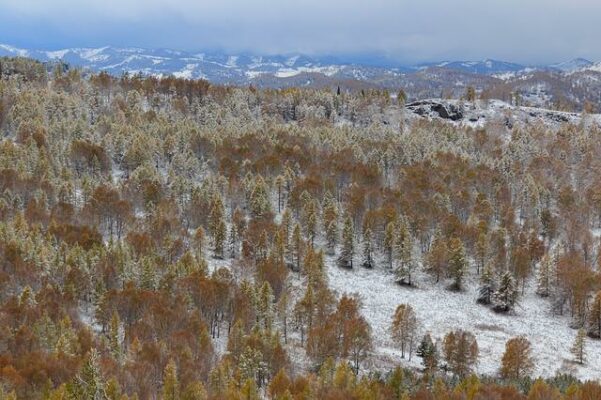
A new study shows that it took more than 10 millennia from when the first spruces returned to Sweden after the glacial stage of the last Ice Age until the species became widespread. This sluggish rate of initial dispersal has surprised the researchers, since the spruce might have had good prospects of expanding its range.
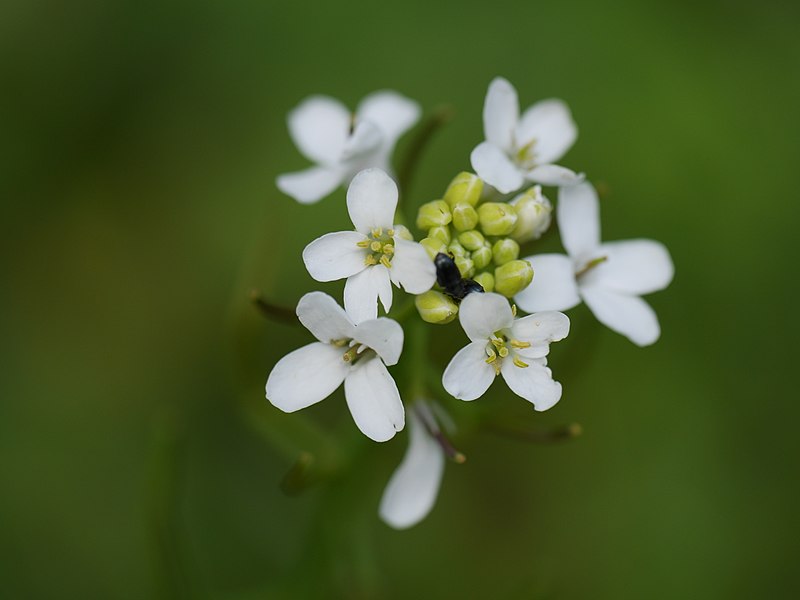
New research has discovered how natural responses to stress in plants modify the way DNA is wrapped up in the cell to help it withstand the adverse effects that climate change has on its growth.
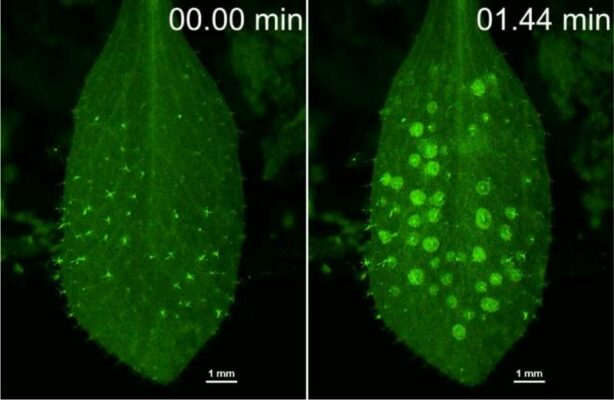
While rain is essential for the survival of plants, it also contains bacteria and other pathogens which can cause them harm. So how do plants protect themselves from this threat?